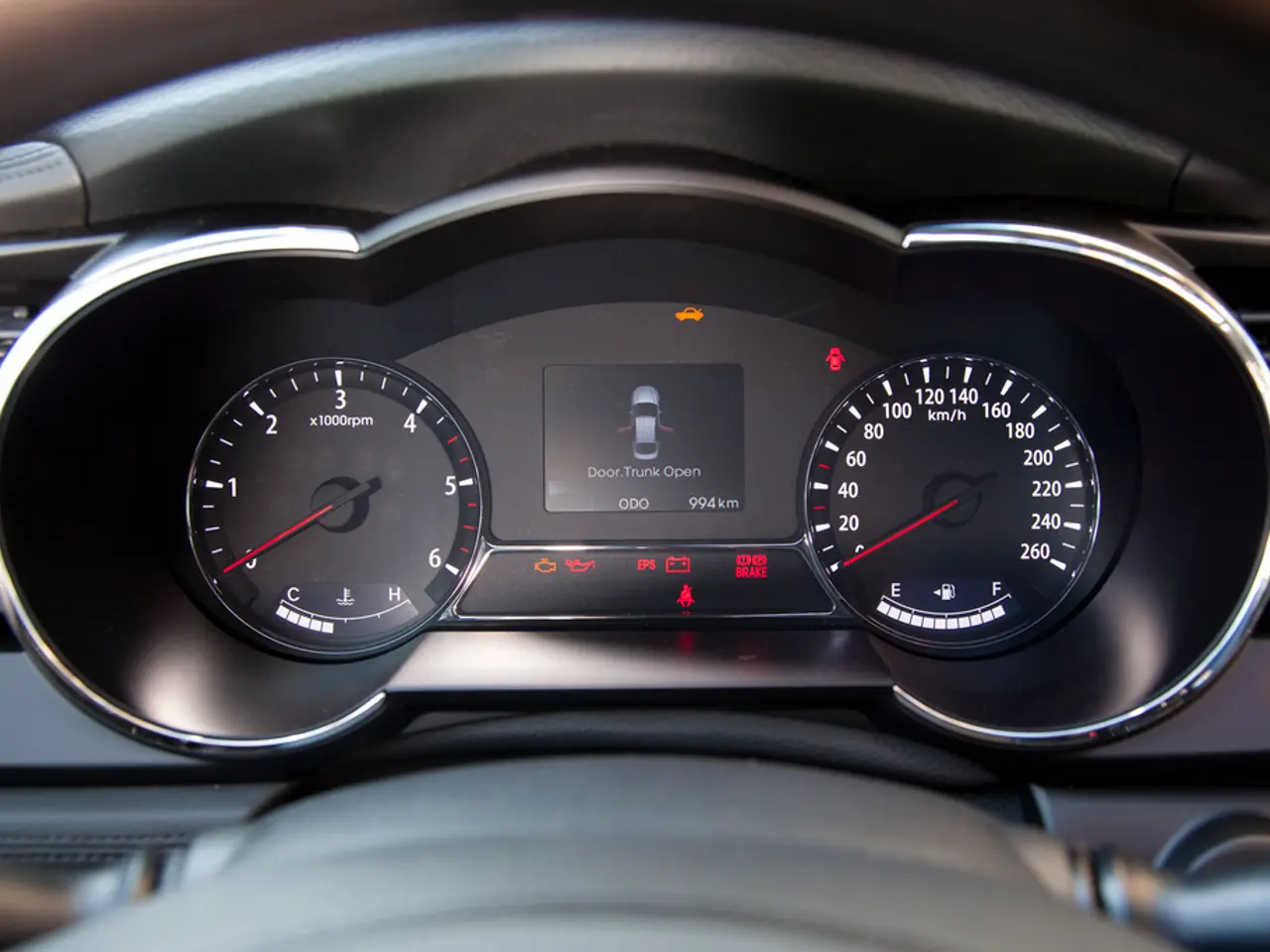Anticipated outcomes for Russians post digital ruble rollout: Insights from industry specialists
Russia to Implement Digital Ruble and Universal Payment QR Codes from 2026 to 2028
Russia is set to modernize its payment systems with the introduction of the digital ruble and universal payment QR codes, as the government pushes for digital transformation. The rollout is expected to take place between 2026 and 2028, following President Vladimir Putin's signing of a law on July 1, 2024.
The digital ruble is mandatory for businesses with an annual turnover of over 120 million rubles as of September 1, 2026, followed by businesses with a turnover of over 30 million rubles in September 2027, and all other organizations by 2028. Retail outlets with an annual turnover of less than 5 million rubles and organizations without internet access are exempt from the digital ruble requirement.
All Russian banks must offer a "universal payment QR code" to their clients from September 2026, and the codes will be provided free of charge. NSPK (National System of Payment Cards) has been chosen as the operator of the universal payment QR code system. Large and medium-sized banks have already begun preparing the necessary infrastructure for the universal payment QR code.
The digital ruble and universal payment QR codes aim to increase transparency of transactions, accelerate the implementation of smart contracts, and strengthen competition among financial organizations. The mass launch of these tools is expected to bring several significant implications and potential benefits for both businesses and consumers.
Benefits for Businesses:
- Faster and More Efficient Payments: The digital ruble would enable instant transactions, reducing settlement times compared to traditional banking systems. This improves cash flow and operational efficiency for businesses.
- Lower Transaction Costs: Digital currencies generally reduce intermediaries and associated fees, benefiting businesses by lowering payment processing expenses.
- Enhanced Transparency and Traceability: The blockchain or ledger technology underlying the digital ruble enhances the traceability of transactions, which can reduce fraud and improve compliance with regulations.
- Facilitation of Smart Contracts and Automation: The digital ruble could integrate with smart contracts, automating payments tied to contract terms and reducing administrative overhead.
- Improved Access to Financial Services: Smaller businesses and startups might gain better access to financial systems without heavy reliance on traditional banks.
Benefits for Consumers:
- Convenient, Instant Payments: Consumers would benefit from faster, more secure transactions for everyday purchases and peer-to-peer transfers.
- Financial Inclusion: The digital ruble may increase access to digital financial services, especially for those currently underserved by the banking sector.
- Reduced Costs: Lower transaction fees and no need for physical cash handling could save consumers money.
- Enhanced Privacy and Security: Depending on design, a digital ruble can provide secure, controlled anonymity and reduce risks like counterfeit currency.
- Integration with Digital Services: Consumers could see smoother integration of payments into digital ecosystems, including government services, e-commerce, and utilities.
Testing of the digital ruble system began in summer 2023 with a limited number of real and corporate clients. By the end of 2024, over 100,000 operations, including over 63,000 transfers, around 13,000 purchases, and over 17,000 smart contracts were conducted using the digital ruble.
With the phased implementation timeline for the digital ruble outlined in the law, consumers and entrepreneurs can expect wide use of "digital ruble" payments and "universal QR codes", unified payment standards across stores, online, and offline, and new opportunities for automation (smart contracts, instant transfers). The digital ruble initiative aims to update the country's non-cash payment mechanisms and bring users closer to modern financial infrastructure.
[1] Source: RuNews24.ru (accessed on 2023-05-15)
Businesses with an annual turnover of over 120 million rubles will be mandatory to use the digital ruble from September 1, 2026, while businesses with a turnover of over 30 million rubles will need to adopt it by September 2027. (from the given text)
The use of digital ruble and universal payment QR codes in Russia is anticipated to lower transaction costs for businesses by reducing intermediaries and associated fees. (following from the benefits listed for businesses)




